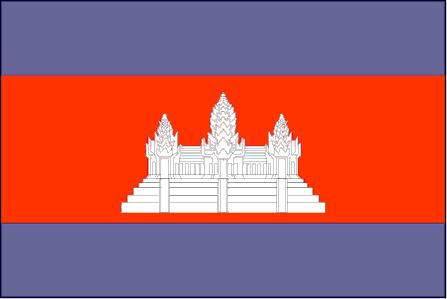TONLE SAP LAKE

Tonle Sap lake is located in the middle of the country, Cambodia's Greatest Lake, is one of the most unique geographical wonders of the world. The extraordinary biodiversity and hydrology of the Tonle Sap Lake and the Tonle Sap River make it a remarkable ecological wonder of the world.
The Tonle Sap 160 km in length, and 36km in width. During the dry season, the Tonle Sap has a size of 3000 sq-km with a depth of 1 m. During the wet season, it has a size of 10000 sq-km with a depth of 12 m. The Tonle Sap has abundant supplies of fresh water fish.
The Tonle Sap 160 km in length, and 36km in width. During the dry season, the Tonle Sap has a size of 3000 sq-km with a depth of 1 m. During the wet season, it has a size of 10000 sq-km with a depth of 12 m. The Tonle Sap has abundant supplies of fresh water fish.
For centuries the Great Lake people have been able to catch 10 tons of fish per square kilometre and provide the major source of Khmer sustenance. Moreover, for astute bird-watcher, the aquatic habitat attracts thousands of birds and fish-eating waterfowl which flock to the wetlands before the rain begins in June.
Species inhabiting the Lake include carp, catfish, mussel, herring, climbing perch and gourami.
On the banks of the mighty Great Lake and Mekong River, people have celebrated for over two hundred years the changing of Rivers flow. During the rainy season, the Tonle Sap river reverses its direction, flooding the lake, increasing its size almos tenfold, making it the largest freshwater body in Southeast Asia.
During the flood season, water engulfs the surrounding forest, regulating agricultural production by ensuring that the countryside is covered with fresh, fertile silt for rice cultivation.


0 Comments:
Post a Comment
<< Home